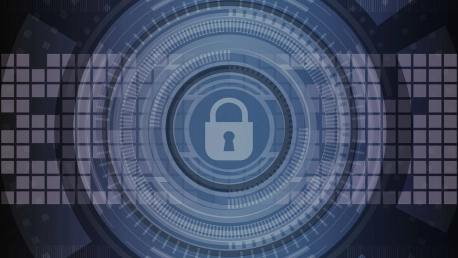
You think your Mac is safe from malware? Think again. While Macs do have some integrated protection against malware, they can still get infected. The good news? According to SecureMac.com , “even as Trojan Horses, adware, and other types of malware are becoming more common on the Mac operating
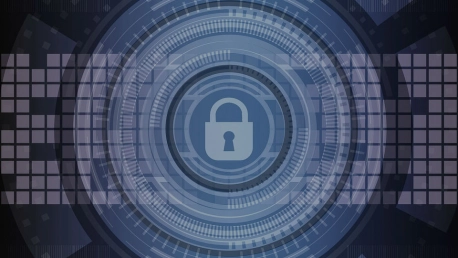
The importance of incident management is increasing. We’ve gotten to the point where every company, regardless of size, needs to have a proper Incident Management Process implemented. Why is it so important? Simply because no one is exempt from cyber threats , and with today’s companies shifting
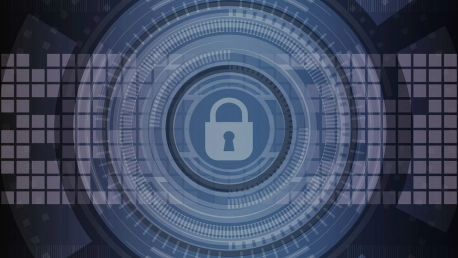
Are cyber-threats keeping you up at night? You are not alone, dear reader. As hackers have become more skilled, there has been a rise in the number, severity and sophistication of cyber-attacks inflicting organizations of all sizes, all around the world. According to infosecurity-magazine.com ,
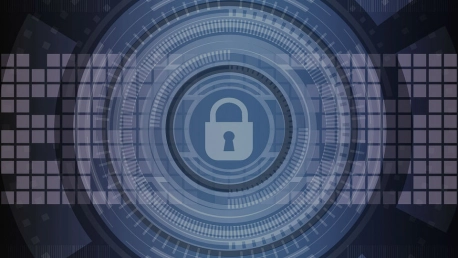
“If you spend more on coffee than on IT security, you will be hacked. What’s more, you deserve to be hacked.” – Richard Clarke While the former National Coordinator for Security for the United States does make a valid point regarding the importance of a strong security posture, money won’t keep you
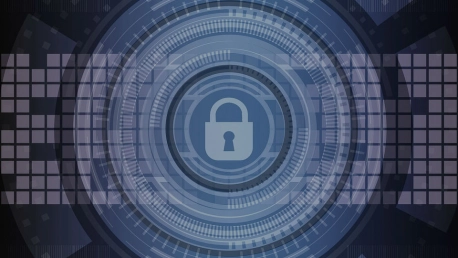
The cybersecurity market continues its steady growth, with a 7 percent increase in 2017 – $86.4 billion, and going up to $93 billion in 2018, according to Gartner’s latest forecast. But information security is just part of the larger cybersecurity market that includes: IT security, consumer
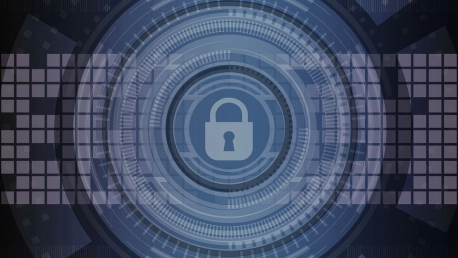
Ransomware as a service, (RaaS), lets malicious parties use predefined malware, in order to extort their victims of choice. Available online, these cyber crime – to lease – deals are making the digital environment even worse. So far, only those who had hacking abilities could (in theory) pose